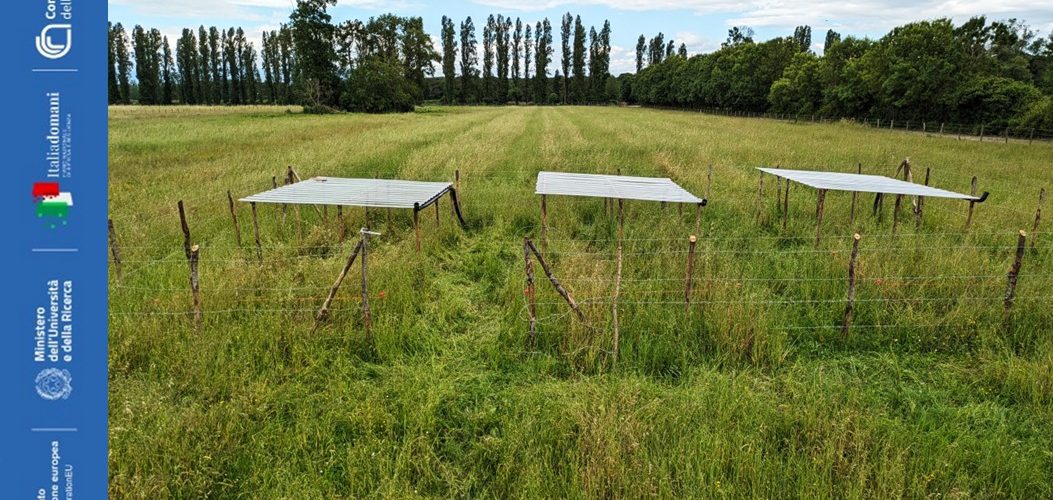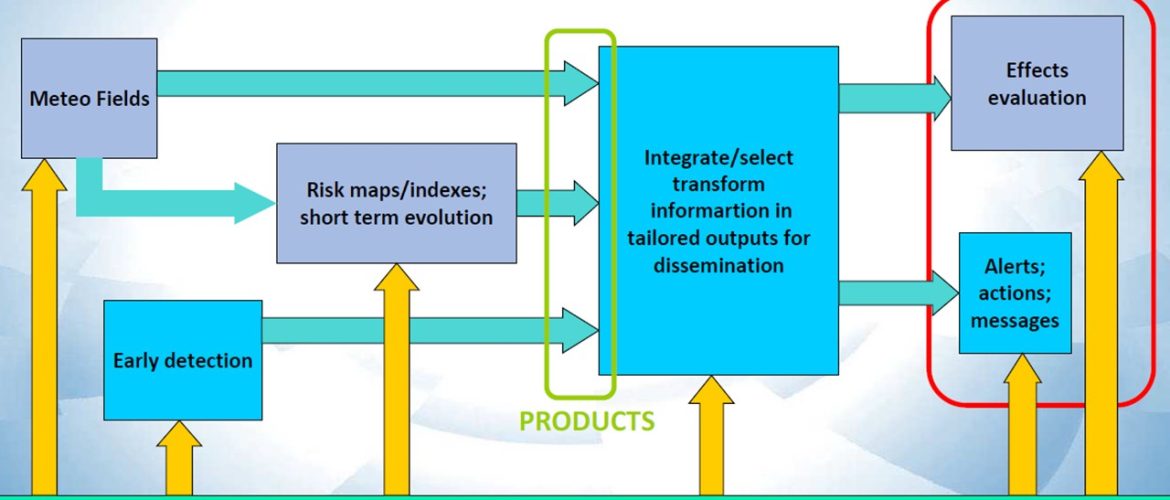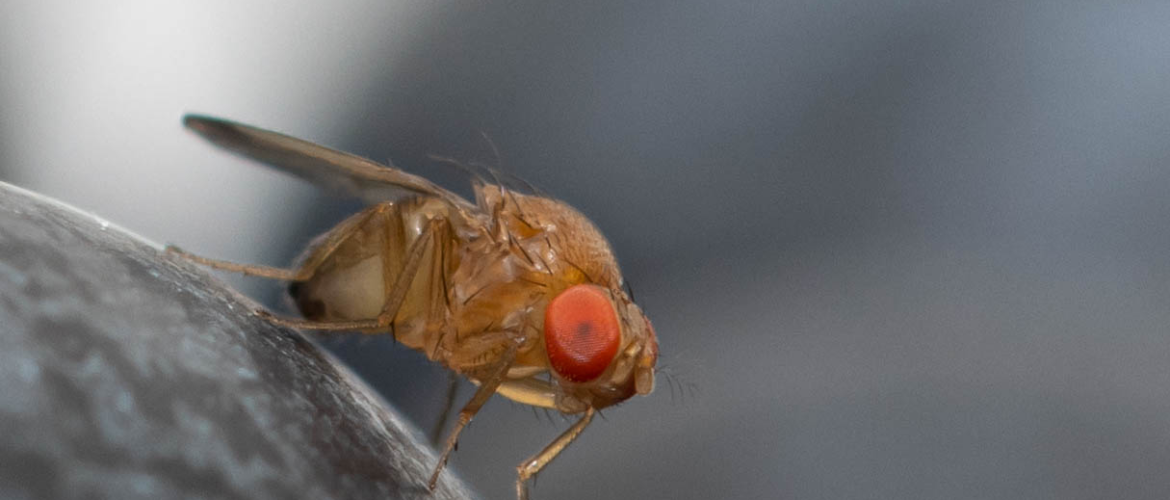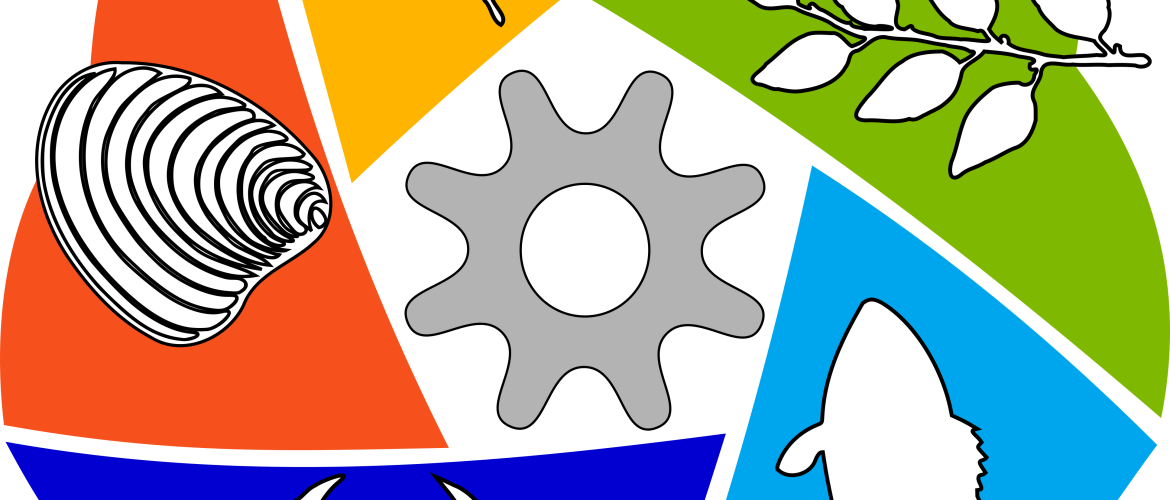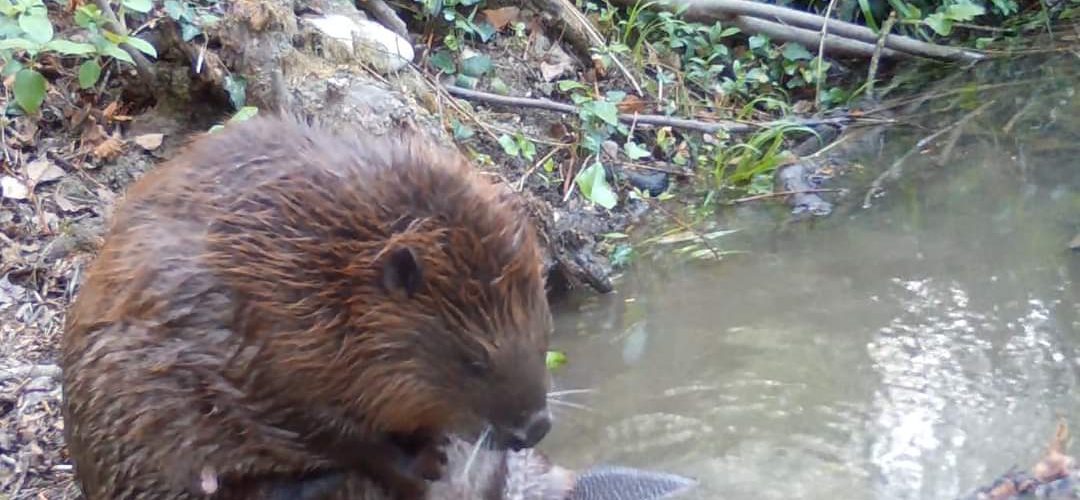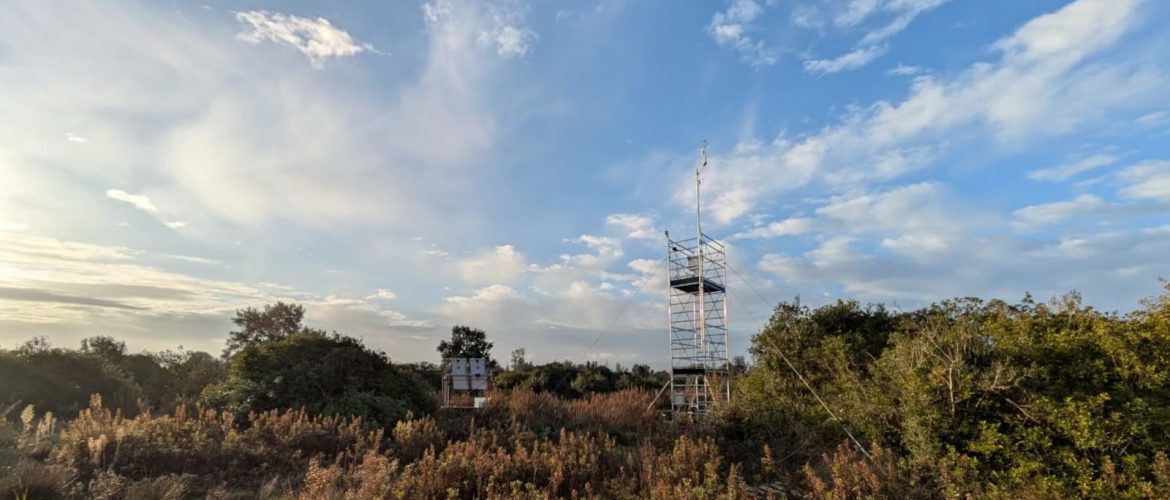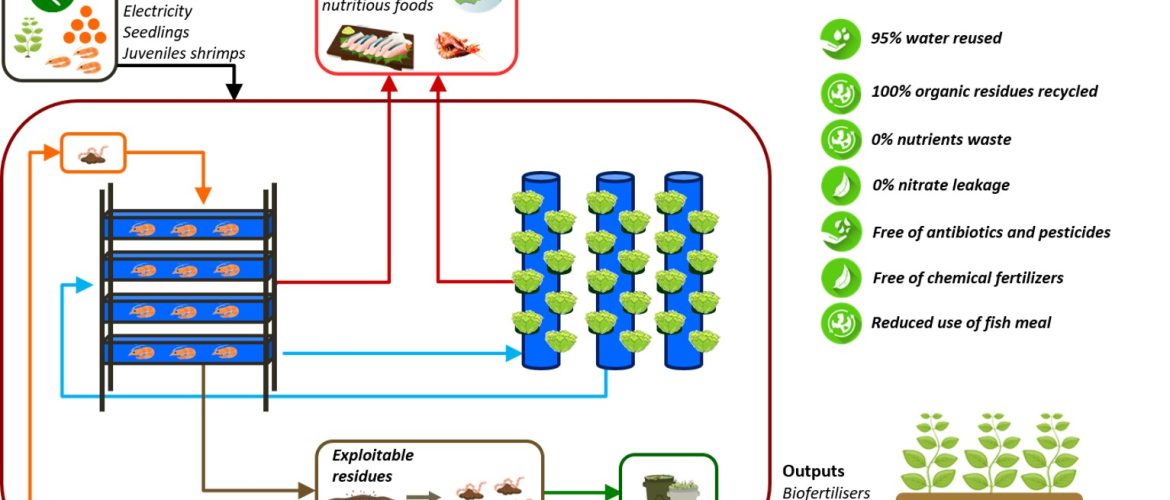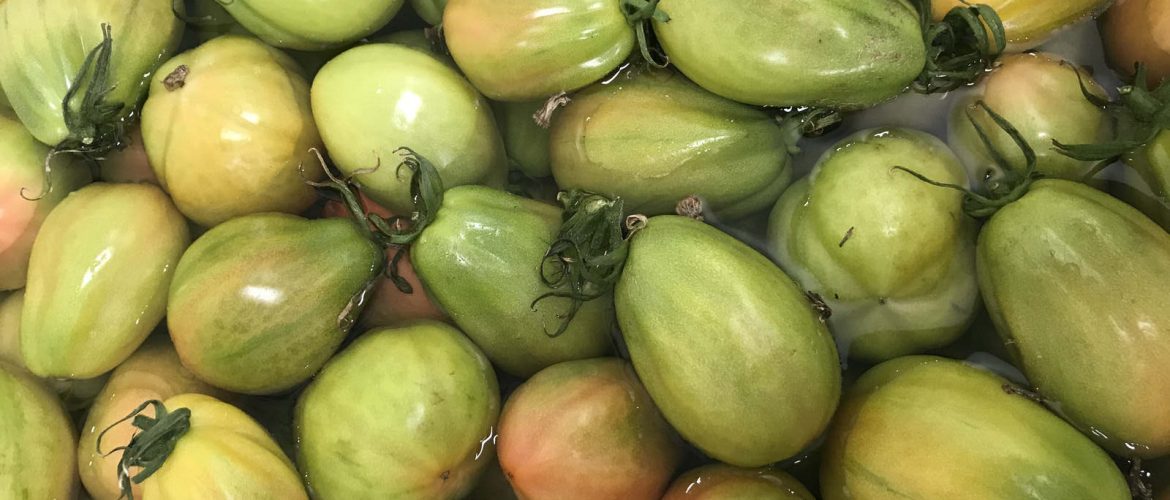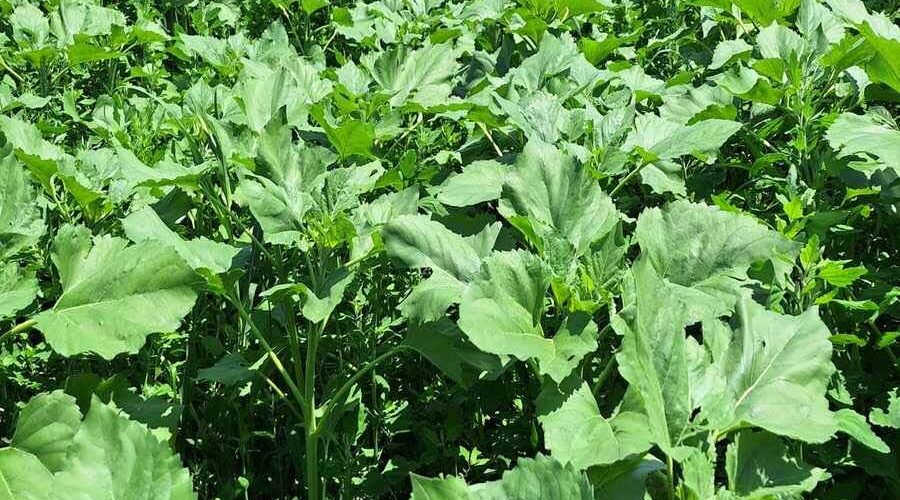Impact of land use change on climate resilience of semi-natural grasslands (CAROLINA) Loss of grasslands is indicated as one of the primary causes of terrestrial biodiversity impoverishment in the Mediterranean Basin. In Italy this process is realized through the abandonment of traditional agro-pastoral activities with consequent drastic decline of semi-natural grasslands. The success of agro-pastoral impact on the grasslands’ biodiversity and functioning is linked to the tight relationship between the presence of grazing animals, soil edaphic conditions, light availability
H2020 Arctic Passion: Pan-Arctic Observing System of Systems. Pilot Service: Integrated Fire Risk management (INFRA) Wildfires in the Arctic are primarily ignited by lightning strikes and traditionally left to burn unless they threaten infrastructure or human settlements. However, with the rapid impacts of climate change and the increasing development of Arctic and sub-Arctic regions, this approach is no longer viable. The pilot service focuses on developing an innovative wildfire management service designed to address this growing challenge through three main products: Risk mapping
Biological invasions represent one of the greatest threats to global biodiversity today, with negative impacts on human health and the economy of our country. The USEIt project – Using Operational Synergies for the Study and Integrated Management of Invasive Alien Species in ITaly – addresses this issue by initiating a shared process between different marine and terrestrial institutes of the National Research Council (CNR) that aims to improve Italian research on invasive species and transform these environmental challenges into opportunities
The project aims to assess habitat compatibility for the Eurasian beaver (Castor fiber) in Poland and Tuscany by integrating GIS analysis and multi-criteria decision-making approaches (MCDA). As a key ecosystem species, the Eurasian beaver is known for its role in creating wetlands that enhance biodiversity and improve water quality. However, the increasing human impact on riparian areas raises issues of conservation and management. Through the integration of Polish colleagues’ expertise in GIS applications and Italian experience on beaver ecology, the
ITINERIS – Italian Integrated Environmental Research Infrastructures System – will build the Italian Hub of Research Infrastructures (RIs) in the environmental scientific domain for the observation and study of environmental processes in the atmosphere, marine domain, terrestrial biosphere, and geosphere, providing access to data and services and supporting the Country to address current and expected environmental challenges. ITINERIS coordinates a network of national nodes from 22 RIs (18 from the environmental domain, 2 from agri-food with strong link with the
Vertical haloponics: exploiting brackish water resources for sustainable, resilient and high valuable aquaponics productions The general objective of VerticHalPonics is to develop an innovative food production system by implementing an interdisciplinary approach that builds on animal sciences, plant physiology and horticultural sciences while also exploring their interconnections with economic and environmental sciences. The system could boost the economy in the aquaculture and agriculture sectors, work in different areas, provide livelihoods for the growing world population, stimulate the transition towards sustainable food
Biogenic nano-selenium fortified tomatoes: quality and safety in a green perspective Selenium (Se) is an essential micronutrient in many organisms, with antioxidant and anti- senescence effects. In some crops, Se can enhance the nutraceutical properties and delay plant senescence and fruit ripening. The Se4SAFE project investigates the biofortification of tomato fruit for fresh consumption
Development of a MUlti-SEnsor remote sensing approach from drone to earLY detect plant diseases: A tool for sustainable agriculture and food security. The project MUSELY aims at integrating imaging spectroscopy, Solar-Induced Fluorescence (SIF), thermal-infrared (TIR) and LiDAR remote sensing (RS) to develop novel multi-sensor methods to identify and quantify plant diseases. MUSELY will focus on Fusarium Head Blight of wheat and Fusarium wilt of Tomato, i.e.,


